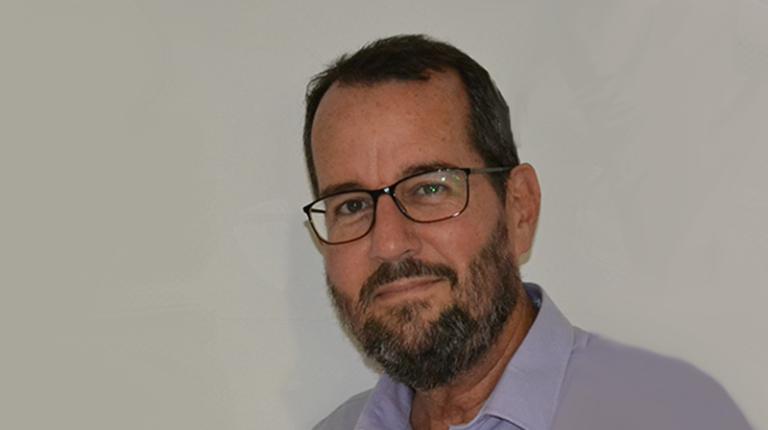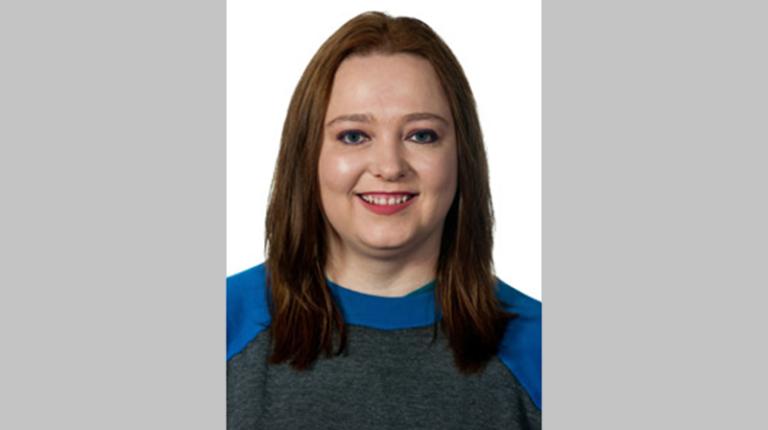By 2046 it is estimated that Victoria’s use of resources will almost double and our waste generation will increase by about 40 percent. To limit the impacts of this growth, we need to produce more with less and create less waste.
The project will provide solutions for reducing the consumption of single-use packaging materials and the creation of new alternatives using agricultural by-products and other waste materials.
This research will:
- reduce solid waste pollution
- reduce the costs associated with landfill disposal and pollution clean-up
- reduce transport volume and costs leading to reductions in retail prices
- support the circular economy and create economic activity and jobs in regional areas
- help Victoria achieve its climate targets of net zero emissions by 2050.




















